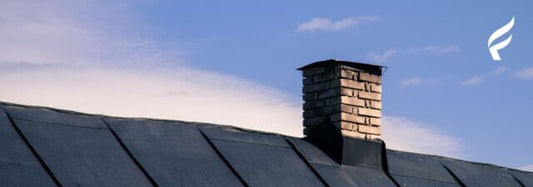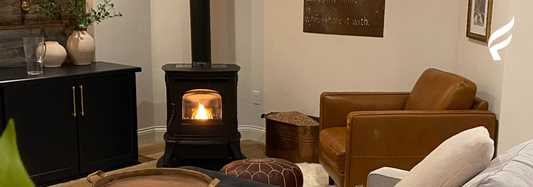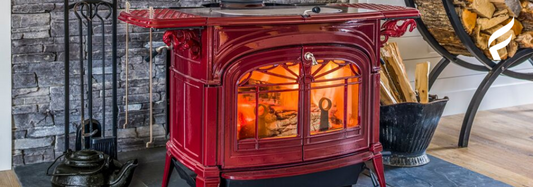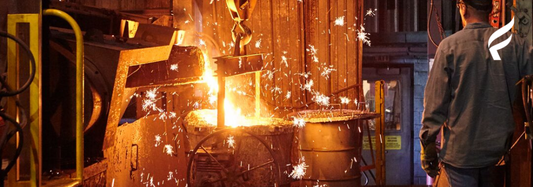it's warmer here
forge & flame blog
Whether you are looking for advice on the right wood to burn, or inspiration on your next product, you are in the right place.
Filter posts by topic

Does A Pellet Stove Need a Chimney?
Before installing a pellet stove or insert, understanding ventilation requirements is essential. This article will ignite your understanding of venting pellet stoves and how Forge & Flame stoves offer the...
Does A Pellet Stove Need a Chimney?
Before installing a pellet stove or insert, understanding ventilation requirements is essential. This article will ignite your understanding of venting pellet stoves and how Forge & Flame stoves offer the...

How Pellet Stoves Are Redefining Sustainable Home He...
Learn the numerous advantages of heating with a sustainable, cost-efficient Harman Absolute43 pellet stove, plus accounts from a real Harman stove owner.
How Pellet Stoves Are Redefining Sustainable Home He...
Learn the numerous advantages of heating with a sustainable, cost-efficient Harman Absolute43 pellet stove, plus accounts from a real Harman stove owner.

Sparking Innovation and Sustainability: A Recap of t...
Fire is what brings us together. The Forge & Flame team debuted at the yearly HPBExpo, an event designed to advance the hearth, patio and barbeque industries. From February 13...
Sparking Innovation and Sustainability: A Recap of t...
Fire is what brings us together. The Forge & Flame team debuted at the yearly HPBExpo, an event designed to advance the hearth, patio and barbeque industries. From February 13...

Zone Heating: Types, Benefits, and Challenges
Discover the versatility of zone heating. From wood burning stoves to smart thermostats, personalize comfort and enhance energy efficiency in your home.
Zone Heating: Types, Benefits, and Challenges
Discover the versatility of zone heating. From wood burning stoves to smart thermostats, personalize comfort and enhance energy efficiency in your home.

Forge & Flame's Commitment to Sustainability
Forge & Flame's unwavering commitment to environmental stewardship is evident in every aspect of our operations, from material sourcing to waste reduction and energy efficiency. We take pride in being...
Forge & Flame's Commitment to Sustainability
Forge & Flame's unwavering commitment to environmental stewardship is evident in every aspect of our operations, from material sourcing to waste reduction and energy efficiency. We take pride in being...

How to Save Money with Alternative Home Heating: Pel...
In an era of economic uncertainty and soaring living expenses, the search for cost-effective alternatives becomes crucial. Enter pellet and wood stoves—alternative heating units that boast attributes such as user-friendly...
How to Save Money with Alternative Home Heating: Pel...
In an era of economic uncertainty and soaring living expenses, the search for cost-effective alternatives becomes crucial. Enter pellet and wood stoves—alternative heating units that boast attributes such as user-friendly...





